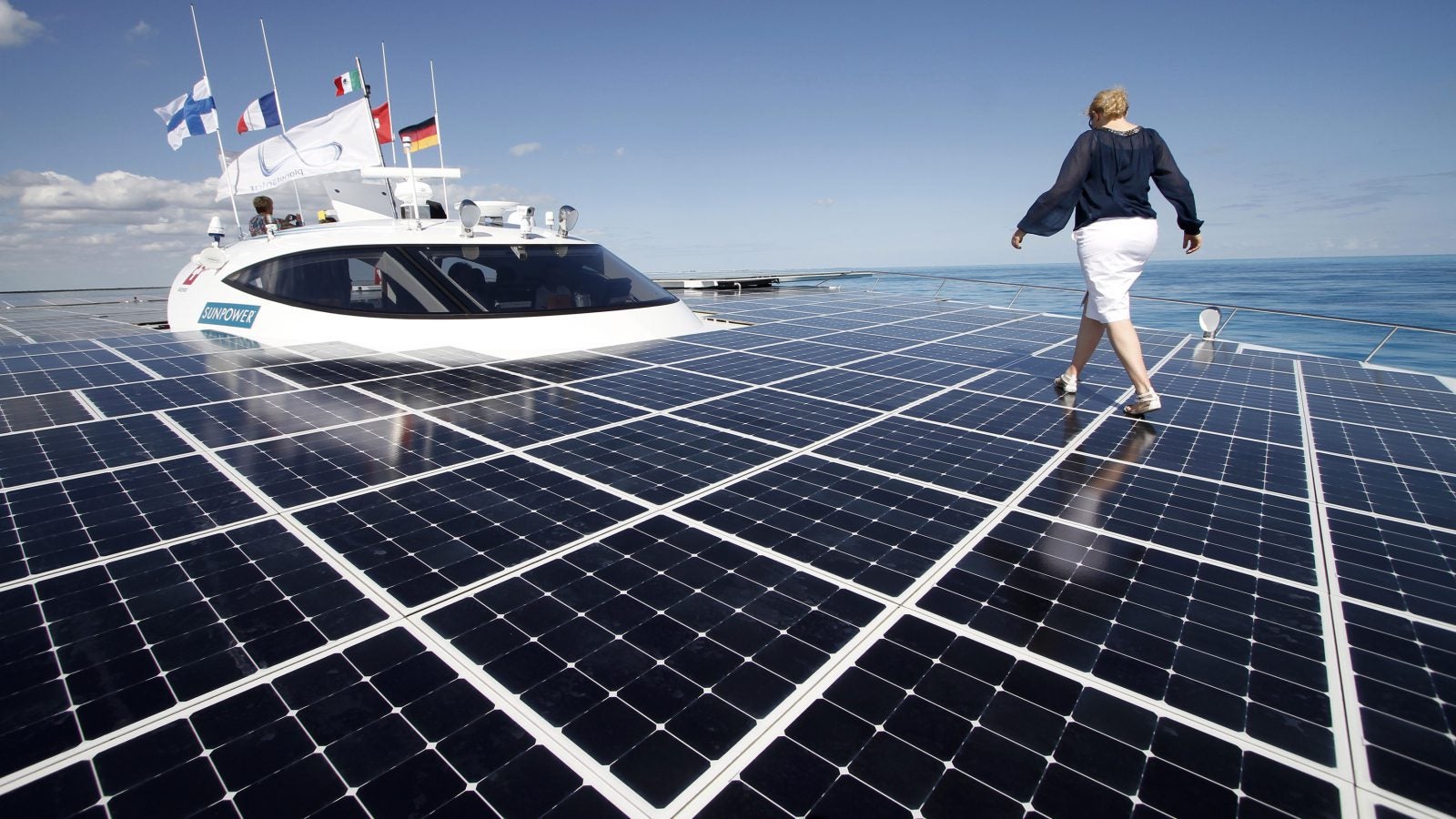“Remorseless” renewables are approaching a final frontier, after which everything will change
Investment in renewables is going up. Government support, with some notable exceptions, is too. Prices are coming down. Though these trends are relatively new, it’s a story we’re getting used to.


Investment in renewables is going up. Government support, with some notable exceptions, is too. Prices are coming down. Though these trends are relatively new, it’s a story we’re getting used to.
But EY, a large consultancy firm, wanted to drive home one big point in its latest report (pdf) on the “attractiveness” of countries for renewable investment, and it was this: You ain’t seen nothing yet.
That’s because, in most places, renewables haven’t yet achieved “grid parity,” or the point at which they cost the same as—or less than—traditional forms of energy generation, like burning coal. When it happens, it’s going to change things massively.
“As solar, wind and storage technologies continue their remorseless—if not breathtaking—decline in cost, grid parity is set to wreak havoc on the century-old utility business model,” EY wrote.
In some markets, including South Africa, Chile and Mexico, utility-scale renewable energy generators can already beat fossil fuel burners on price, EY said.
Next are likely to be Australia (despite an unhelpful regime) and the Philippines, which lacks a national grid and where solar is looking increasingly more attractive than thermal generation. Spain, which once stymied its renewables industry with sudden subsidy changes, is nevertheless the European country likely to reach parity first.
The authors also note that grid parity can be “an imprecise concept” and varies from market to market. But, they write, “the economic case for consumers to have embedded energy generation and storage has been accelerating and is likely to reach a tipping point in the coming years.” It’s a ”march” towards grid parity that might be slowed by resistance from utilities and even regulators. But it can’t, they say, be stopped.
The reports also names “heel-draggers,” including state-owned power monopolies in Mexico and South Africa, Japan’s big utilities, and Nevada utility NV Energy.
On the attractiveness index itself, meanwhile, three big powers retain their top spots from last year: the US in the top spot, China, and India. Polluters on a grand scale all, they also all present massive opportunities to investors in a cleaner futures.